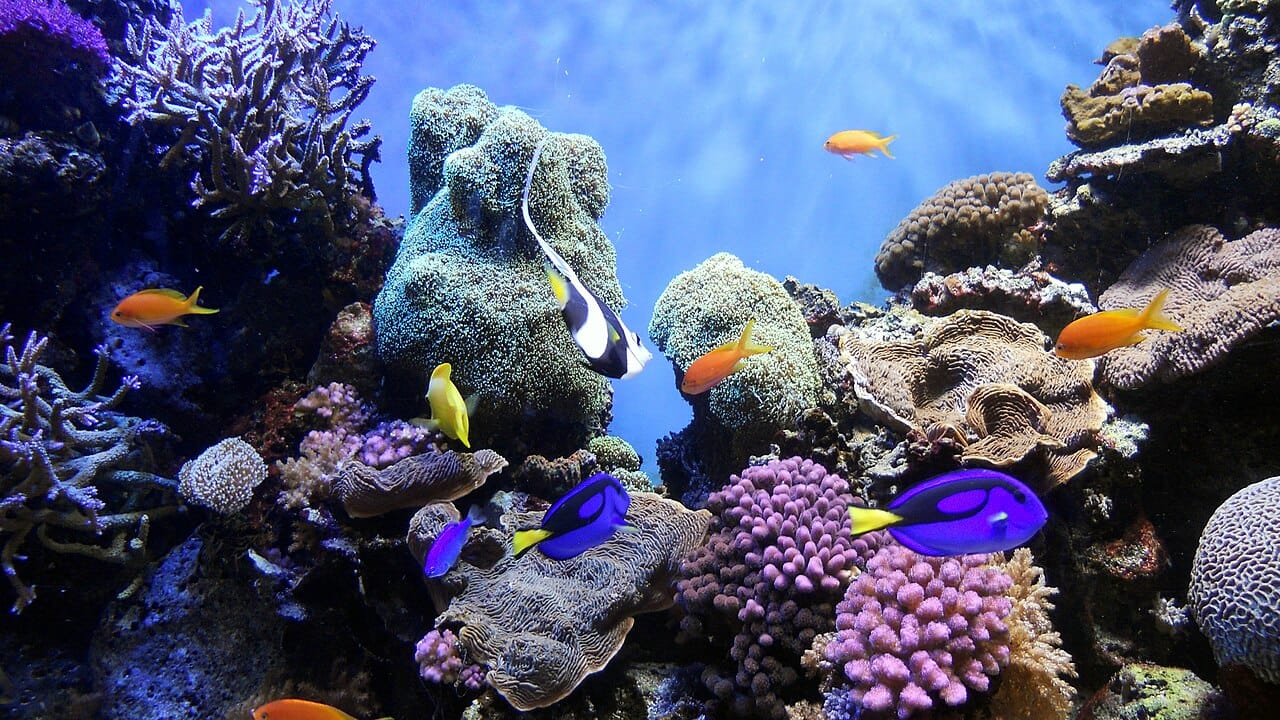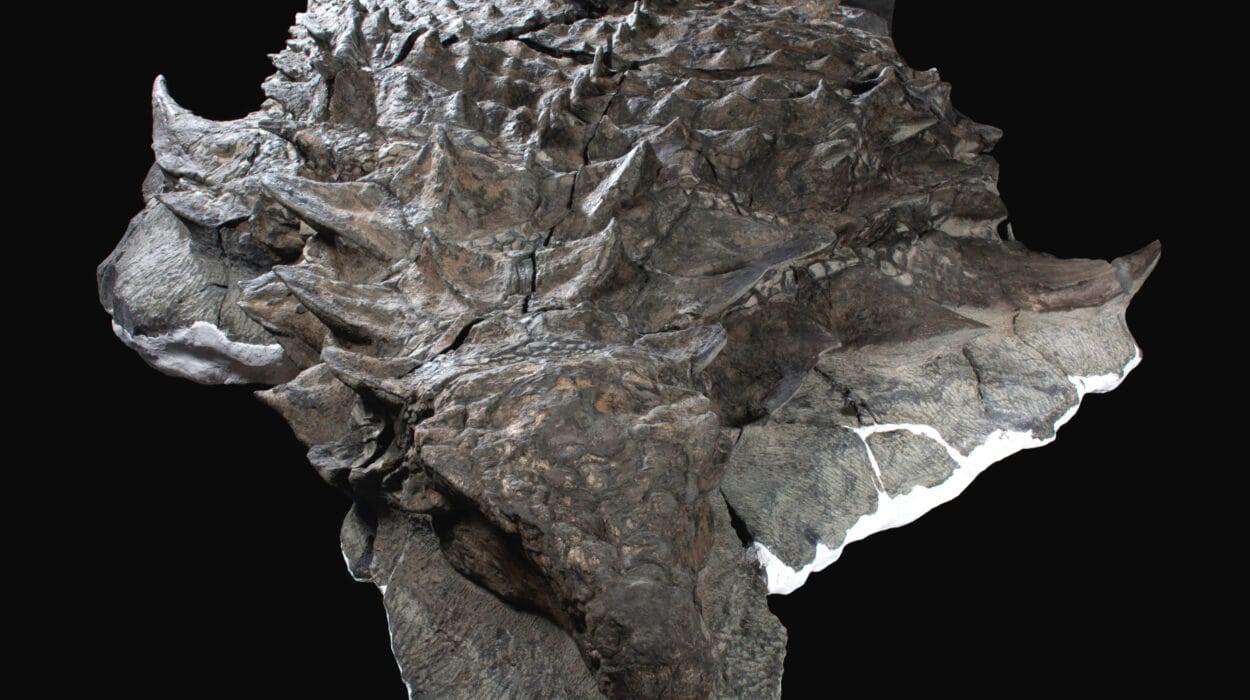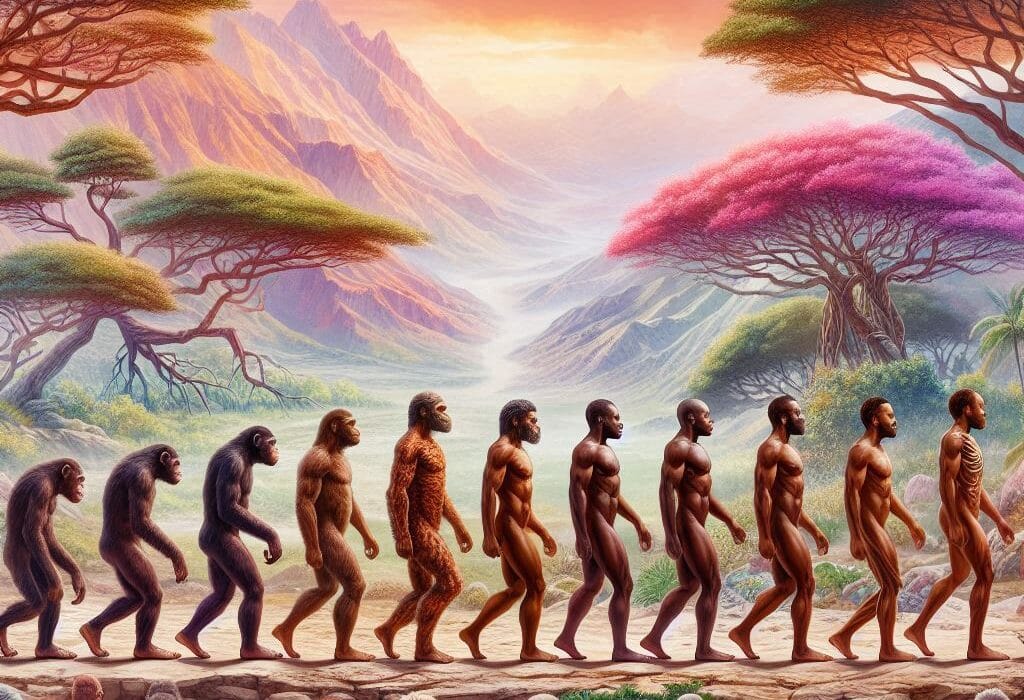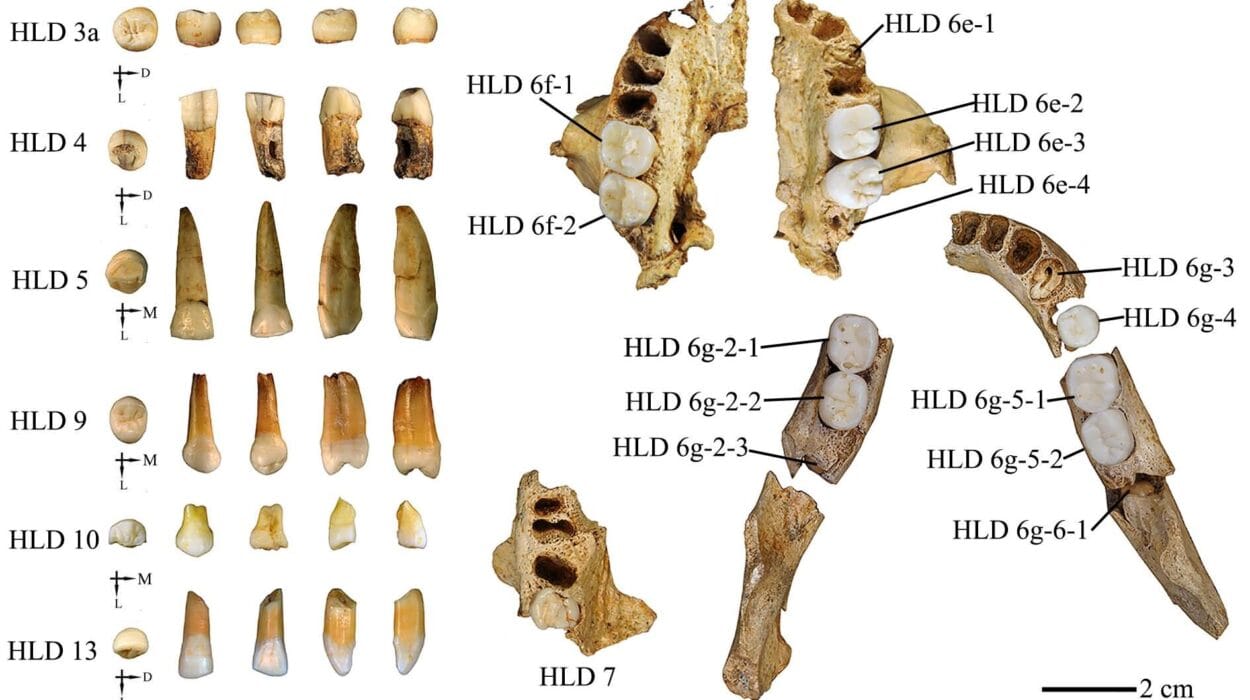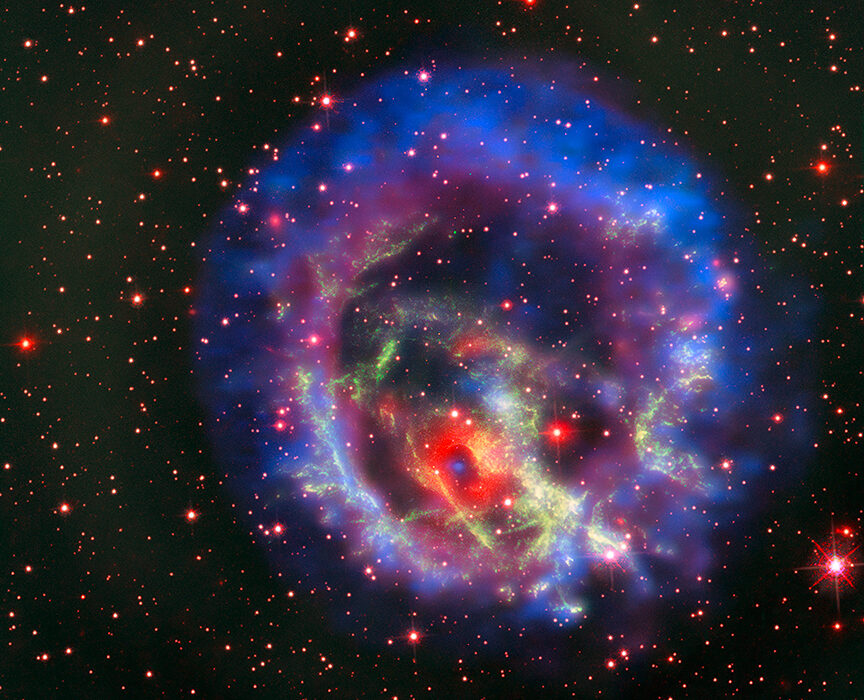Far below the shimmering blues of tropical oceans lies a realm of extraordinary beauty and biological intricacy—coral reefs. They are often described as the rainforests of the sea, a fitting metaphor for their breathtaking diversity and ecological importance. But coral reefs are more than just vibrant underwater panoramas. They are living architectures built from ancient alliances, from microscopic symbionts to colorful fish darting between coral branches. They represent one of nature’s most complex mutualisms: coral symbiosis, a relationship so profound that it underpins entire marine ecosystems.
In the swirling currents and light-dappled waters, corals and fish engage in delicate interdependencies—chemical, ecological, and evolutionary partnerships that have developed over hundreds of millions of years. These interactions not only shape the physical landscape of the sea but also serve as fundamental pillars for life on Earth. Understanding how they work, and what threatens their survival, is crucial not only for marine biology but for the future of biodiversity itself.
What Is Coral, Really?
Though their name might suggest something mineral or geological, corals are living animals. More precisely, they are colonies of tiny polyps—soft-bodied organisms related to sea anemones and jellyfish—each no larger than a pinhead. These polyps secrete calcium carbonate to build hard external skeletons, forming the rocky framework of coral reefs over generations. What we perceive as a coral “reef” is, in truth, the accumulated efforts of countless coral colonies living, dying, and building upon one another across centuries.
Coral polyps themselves are relatively simple creatures, with a mouth surrounded by tentacles that they use to capture plankton and organic particles. However, their true power lies in their symbiotic partnership with a group of microscopic algae called zooxanthellae. This partnership is the biological engine of the reef—and one of the most remarkable examples of mutualism in the natural world.
Symbiosis at the Heart of the Reef
The relationship between coral polyps and zooxanthellae is intimate and indispensable. These algae live inside the coral’s tissues, photosynthesizing sunlight into energy. In return, they share the products of photosynthesis—glucose, glycerol, and amino acids—with their coral hosts, which use these nutrients to grow and build reef structures. This exchange provides up to 90% of the energy corals need to survive, making them far more efficient than filter-feeding alone could ever achieve.
The benefits go both ways. The coral offers the algae protection from predators and access to carbon dioxide and nitrogenous waste, which the algae utilize in their photosynthesis. This chemical feedback loop makes coral-algae symbiosis highly efficient, allowing reefs to flourish even in nutrient-poor tropical waters where other ecosystems would struggle.
This biological alliance allows coral reefs to exist in a paradox: vibrant abundance in ecological deserts. The warm, sunlit shallows of the tropics are low in nutrients because any sinking organic matter quickly decomposes and sinks out of reach. Yet coral reefs burst with life, thanks to the internal recycling and mutual generosity of the coral-zooxanthellae partnership.
The Architecture of Biodiversity
The physical structure of coral reefs—the ridges, branches, and crevices formed by growing coral skeletons—creates an elaborate three-dimensional landscape that supports an extraordinary range of marine life. It is estimated that while coral reefs cover less than 0.1% of the ocean floor, they are home to at least 25% of all known marine species.
This architectural complexity is not merely aesthetic. It provides shelter, spawning grounds, nurseries, and hunting arenas for thousands of species of fish, mollusks, crustaceans, and echinoderms. Every crevice becomes a potential refuge; every coral outcrop, a battlefield or sanctuary. Small fish such as damselfish and gobies hide among coral branches to evade predators. Parrotfish graze on algae-covered surfaces, inadvertently cleaning coral as they feed. Moray eels slither through tunnels, and groupers lurk beneath coral ledges, waiting to strike.
The diversity of reef fish is not random. It reflects a complex interplay of ecological roles, evolutionary pressures, and habitat preferences. Some species, like cleaner wrasses, maintain health on the reef by removing parasites from larger fish. Others, like clownfish, form their own mutualistic bonds with sea anemones, gaining protection while offering scraps of food. The web of life in coral ecosystems is as intricate as it is fragile, stitched together by cooperation and constant negotiation.
The Evolution of a Partnership
Coral-algae symbiosis is ancient, dating back at least 210 million years, possibly much earlier. Fossil records show that reef-building corals arose in the Triassic period, and molecular evidence suggests that the symbiotic relationship between coral polyps and zooxanthellae predates even that. This long evolutionary history speaks to the resilience and success of their union.
The genetic interplay between corals and their symbiotic algae is a subject of intense research. Different species of zooxanthellae (now reclassified under the genus Symbiodinium and other related genera) confer different advantages to their coral hosts. Some are better adapted to high temperatures, while others optimize energy production in low-light conditions. Corals can sometimes shuffle or switch their symbionts to better cope with environmental changes, though the limits of this flexibility are still being explored.
This evolutionary partnership has led to extraordinary specialization. Coral species exhibit a stunning variety of forms—from massive boulder corals to delicate, branching staghorns—all optimized for different light regimes, wave energies, and symbiotic efficiencies. Likewise, reef fish have diversified into myriad forms and behaviors, exploiting every available niche.
The Subtle Signals of Cooperation
Communication between corals and their symbiotic algae is not verbal, but it is constant and chemically complex. Molecular signaling allows the host to recognize beneficial algae, initiate symbiosis, and regulate algal populations. Feedback loops modulate nutrient exchange, ensuring balance is maintained. Under optimal conditions, this relationship remains stable, self-regulated, and highly productive.
However, stress—particularly from rising temperatures—can destabilize this balance. When corals experience thermal stress, their finely tuned cellular machinery becomes disrupted. The symbiotic algae, under duress, begin to produce excess reactive oxygen species, which are toxic to both partners. To protect themselves, corals expel the algae in a process known as “coral bleaching.”
Bleached corals lose their color, but more importantly, they lose their primary energy source. If conditions improve quickly enough, some corals can reabsorb symbionts and recover. But if stress persists, the coral may die, and the reef along with it begins to collapse—both biologically and structurally.
Fish as Engineers and Guardians
Fish play more than a passive role in coral ecosystems. Many are essential participants in maintaining reef health. Herbivorous fish like tangs, surgeonfish, and parrotfish graze on algae that would otherwise smother corals and prevent larval settlement. This grazing activity is so vital that coral reef managers often monitor herbivore populations as indicators of reef resilience.
Some fish, like the damselfish, actively cultivate algae gardens on coral surfaces, defending them from intruders and creating microhabitats for other organisms. Others, like groupers and snappers, regulate populations of smaller reef species, maintaining balance through predation. Even the waste produced by fish contributes to reef nutrition, adding nitrogen and phosphorus that fuel algal photosynthesis within the coral tissues.
These contributions are not one-sided. Reefs provide fish with complex habitats for breeding, shelter, and foraging. The structural heterogeneity created by coral growth allows for spatial partitioning, reducing competition and enabling greater biodiversity. The loss of reef complexity, often caused by coral death or physical destruction, leads to declines in fish diversity and abundance.
The Collapse of a System
Despite their importance, coral reefs are among the most threatened ecosystems on the planet. The combined pressures of climate change, ocean acidification, overfishing, pollution, and coastal development have pushed many reefs to the brink of collapse. Coral bleaching events, once rare, have become more frequent and severe in recent decades. The 2016–2017 bleaching events on the Great Barrier Reef, driven by marine heatwaves, caused widespread mortality, affecting over half the reef’s corals.
Rising sea temperatures are particularly dangerous because they directly affect the coral-zooxanthellae symbiosis. Even a sustained increase of 1–2°C above normal can trigger mass bleaching. Ocean acidification, caused by increased CO₂ absorption, reduces the availability of carbonate ions needed for coral skeleton formation, weakening reef structures.
Human activities compound these threats. Sediment runoff, agricultural fertilizers, and sewage promote algal blooms that outcompete corals. Overfishing disrupts ecological balance, removing key herbivores and predators. Coastal development and tourism physically damage reef habitats, reducing resilience to stress.
As coral reefs degrade, fish populations decline, coastal communities lose their livelihoods, and marine biodiversity suffers irreplaceable loss. The intricate web of symbioses that built the reef begins to unravel.
Hope in Science and Restoration
Despite these challenges, coral reefs are not without hope. Conservationists, marine biologists, and local communities around the world are working to understand, protect, and restore coral ecosystems. Strategies range from global carbon reduction efforts to innovative local restoration techniques.
Scientists are experimenting with “assisted evolution,” selectively breeding corals that show resilience to heat stress or acidification. Others are developing coral nurseries where young corals are grown and later transplanted to damaged reefs. Some researchers are investigating probiotics for corals—beneficial microbes that can enhance coral resistance to disease and stress.
Marine protected areas (MPAs) have shown great success in preserving fish populations and allowing ecosystems to recover. Community-based conservation, where local stakeholders manage and benefit from healthy reefs, has also proven effective. Education and sustainable tourism initiatives help shift public perception and generate support for conservation efforts.
Global collaboration is critical. Coral reefs cross national boundaries and sustain economies through fisheries, tourism, and coastal protection. International agreements, such as the Convention on Biological Diversity and the United Nations Sustainable Development Goals, provide frameworks for coordinated action.
Coral Reefs and the Human Imagination
There is something deeply poetic about coral reefs. They are built from partnerships—between polyp and algae, between fish and coral, between species that share space and resources. These underwater cities are not merely biological structures; they are expressions of cooperation, diversity, and resilience.
In the vivid hues of a reef—turquoise waters, golden corals, iridescent fish—we see a reflection of our planet’s creativity. In the complex relationships that sustain reefs, we glimpse the interconnectedness that defines all life. And in their fragility, we are reminded of our own dependence on Earth’s natural systems.
Coral reefs inspire art, religion, and storytelling across cultures. For island nations, they are not just ecosystems but ancestral homes, spiritual guardians, and sources of identity. For scientists, they are laboratories of evolution and ecology. For the world, they are a gift of beauty and bounty that we are only beginning to understand.
The Future We Choose
The science of coral symbiosis and fish habitats reveals more than biological facts—it tells a story of mutual reliance, adaptation, and the power of collaboration. In an age of rapid environmental change, this story is not only relevant—it is essential.
We face a choice. We can continue on a path that leads to widespread reef collapse, species loss, and cultural erosion. Or we can choose a future where science, empathy, and global stewardship converge to protect these living marvels.
Coral reefs may be delicate, but they are not passive. They are dynamic, evolving systems capable of recovery if given the chance. Protecting them is not just an act of conservation; it is an act of reverence for the ancient partnerships that built our oceans—and an investment in the future of life itself.
